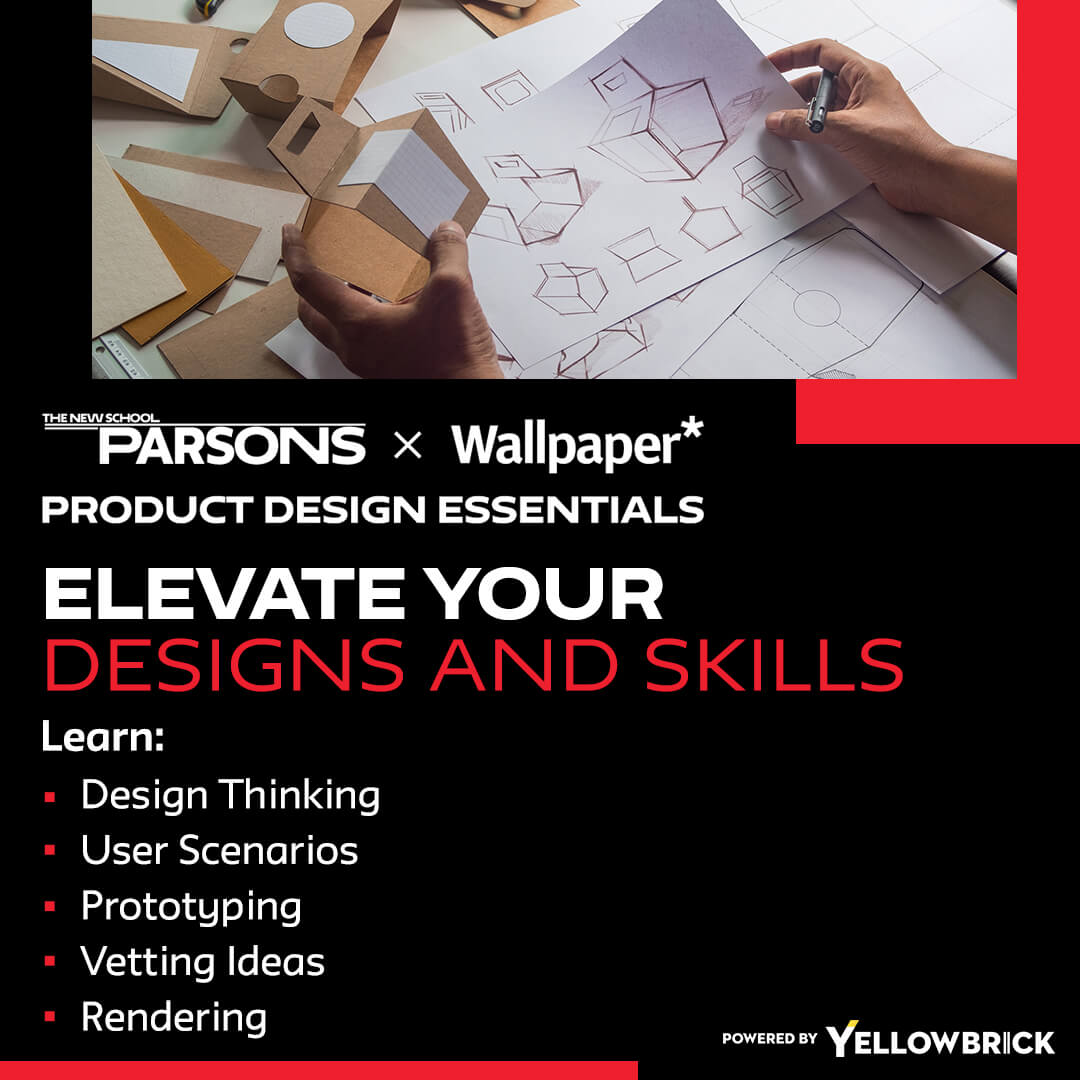The Significance of Problem Solving in Product Development

In your online product design education, “You have to know the context within which the ultimate design solution is going to exist, and you have to put that in the context of what the goals are for your client,” Kate Hixon advises. “One of the essential things is to remember that the design is not personal expression; it is problem solving for someone else. The way you come up with the most relevant solutions is to know what needs are being met, both for your client and for the end users.”
John-Michael Ekeblad explains, “Opportunities cannot surface everywhere. It’s up to you to be very receptive for what you see going on in the market and in people’s lives. It’s not like there’s a bank of opportunities to suddenly say, ‘Hey, here you have it.’ It’s really about you starting to do a lot of footwork, doing a lot of your own research, and listening to your intuition. Ask yourself, ‘What does my heart tell me when I see it? What does my brain tell me when I see it?'”
This is not necessarily a bad thing because such research is one part of product design education, Ekeblad says. He suggests asking yourself questions like, “Where do I find opportunities?” and “Where do I find and identify a gap in the market?” He suggests going to the bigger companies, just as a consumer in their stores or on their websites, and seeing what products seem to be missing. When you find one, ask yourself if it could be an opportunity for you to introduce something new in product design.
“It really is about you scanning, revising, and editing your material,” Ekeblad notes. “Start all over again, and do it 10 times forward because you would come up with the answer, and you will be the one who comes up with this new idea. Even though these more prominent companies do million-dollar research projects, they usually have a particular focus in mind. They are looking for a specific answer while you really aren’t.” He points out that doing independent research like this presents a great opportunity to discover by bringing your new, untrained eyes to explore the world around you. He concludes, “That’s how, at some point, you will discover that hidden gem, this hidden undiscovered culture that you can actually do something fabulous with.”


